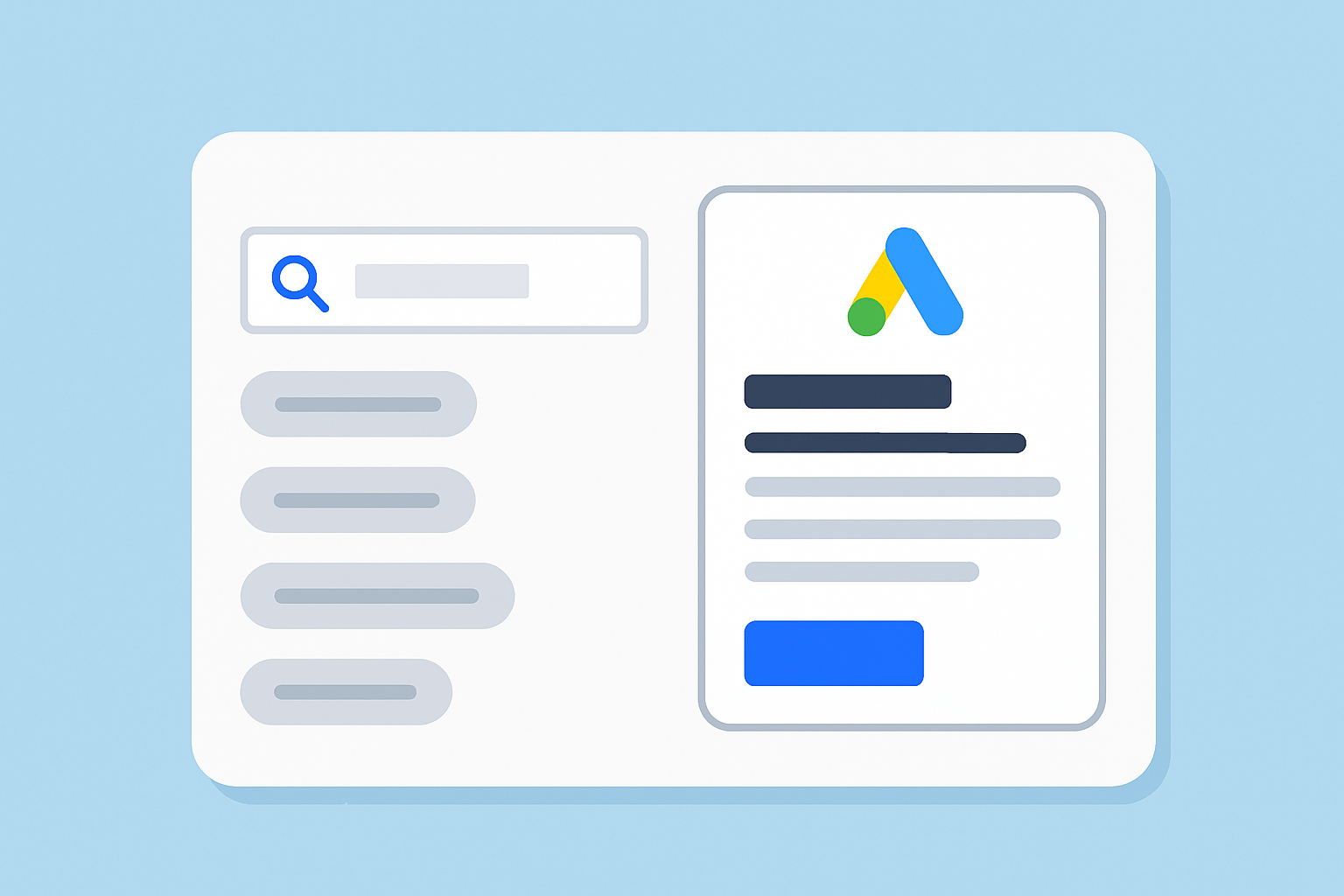
Explore best seo tools for agencies to maximize performance
Find out which SEO tools top agencies trust to streamline workflows, boost client results, and maxim...

Search Engine Marketing with Pay-Per-Click (SEM PPC) gives businesses of all shapes and sizes a solid way to pull in targeted visitors through online ads. SEM PPC remains one of the most effective digital marketing strategies available today.
Search Engine Marketing (SEM) is a form of digital advertising where businesses buy prime real estate on search engine results pages to promote their websites. Pay-Per-Click (PPC) means advertisers pay a small fee each time someone clicks on their ad—no clicks, no charge, which is always a relief. When paired together, SEM PPC gives businesses a chance to stand above the usual organic search results and connect ads directly with people who are genuinely looking for products or services.
| Term | Definition | Explanation for Beginners |
|---|---|---|
| CPC | Cost Per Click | The amount you pay every single time someone actually clicks on your ad—think of it as the price of a handshake in the digital world. |
| CTR | Click-Through Rate | This is the percentage of people who decide to click your ad after spotting it. It’s a handy way to see if your message is really catching eyes. |
| Quality Score | Rating of your ad’s relevance and quality | A higher score is like having a good reputation; it usually means lower costs and a better spot for your ad where more people will see it. |
| Ad Rank | Position of your ad on the search page | This is where your ad shows up, based on your bid, quality score, and how effective the ad is expected to be. It’s a bit like the popularity contest of ads. |
| Keywords | Words or phrases triggering your ad | These are the magic words or phrases that match what people type into search engines, making sure your ad pops up at just the right moment. |
| Landing Page | The web page users visit after clicking | This is where visitors end up, and ideally, it’s relevant and super easy to navigate—because nobody sticks around long if the experience is clunky. |
Launching your very first SEM PPC campaign is often more approachable than you might think. Google Ads is Google’s go-to advertising platform and usually the most popular and user-friendly pick for beginners. Setting up an account, picking your campaign goals and crafting initial ads can be done in just a handful of straightforward steps.
Kick things off by creating a Google Ads account with your trusty Google email or, if you’re feeling adventurous, set up a brand-new one.
Nail down your campaign goal. Whether it’s driving website visits, boosting sales or just getting your brand’s name out there be clear about what you want.
Choose a campaign type. Most people new to this start with Search campaigns because they appear right in Google search results where everyone’s already looking.
Dig into keywords your potential customers might type in when hunting for what you offer. It’s like eavesdropping on their search habits.
Set a daily budget and pick a bid strategy. Start small so you don’t end up throwing money at the wall hoping something sticks.
Write ad copy that’s simple and clear. Focus on benefits rather than features so your message hits home without overcomplicating things.
Fire off your campaign and keep a close watch on how it’s doing. A bit of regular TLC can make all the difference.

Google Ads interface for beginners setting up their first SEM PPC campaign
Picking the right keywords is absolutely key to getting your ads noticed by people who genuinely care. If you’re just starting out, free tools like Google Keyword Planner can be a real lifesaver when it comes to digging up keywords connected to your business. Understanding what people are truly searching for lets you zero in on terms that actually convert, while dodging overly competitive keywords can save your budget from going up in smoke.
Clear, compelling ad copy really packs a punch when it comes to grabbing clicks. Your ads have to quickly spell out why someone should choose your product or service, shining a spotlight on the benefits that matter most. Weaving your chosen keywords into both headlines and descriptions helps you strike a chord with exactly what users are hunting for.
Getting a grip on budgeting in SEM PPC really helps make advertising feel less like a wild goose chase and more like a manageable task. Setting a clear daily budget is the way to go—it keeps spending on a short leash and steers you clear of those nasty surprise bills. You can opt for manual bidding if you want to roll up your sleeves and control your bid amounts directly, or let automatic bidding do the heavy lifting by optimizing bids on your behalf. Starting out with lower bids usually plays it safe.
Keeping a close eye on key performance indicators is a lifesaver for beginners trying to figure out if their SEM PPC campaign is actually hitting the mark. Metrics like clicks and impressions give a clear picture of how well ads are resonating and how the budget is shaping up.
| Metric | What It Means | Why It Matters | Beginner-Friendly Explanation |
|---|---|---|---|
| Clicks | Number of times users click your ad | Reflects how many people are curious enough to take the plunge and visit | More clicks usually mean your ad is catching eyes and steering traffic your way. |
| Impressions | Times your ad was shown | Shows just how many eyeballs caught a glimpse of your ad | A high number of impressions tells you your ad is out there in the wild, but remember, seeing doesn’t always mean clicking. |
| CTR (Click-Through Rate) | Percentage of impressions that led to clicks | Indicates how relevant and appealing your ad is | A higher CTR is a good sign your ad resonates well with what people want to see. |
| CPC (Cost Per Click) | Average amount paid per click | Helps you keep your budget in check and gauge ROI | A lower CPC means you’re spending less to reel each visitor in, which is always a win. |
| Conversion Rate | Percentage of clicks leading to desired actions | Shows how good you are at turning curious visitors into happy customers | A higher conversion rate means your landing page and offer are hitting the mark nicely. |
Everyone slips up when they first dive into SEM PPC — it is practically a rite of passage. But knowing the usual pitfalls can help beginners keep their cool and stay on the right path. Taking the time to understand how keyword matching works and making sure landing pages line up with the message often saves wasted spend and disappointing results. Keeping a close eye on conversions and handling budgets with care also helps.
Once you get the hang of the basics, keep the momentum going by experimenting with new keywords, ad formats and bidding strategies in your SEM PPC campaigns. Regularly checking your data often reveals the insights that truly make a difference. Tools like Moz and Mangools are fantastic allies because they help you dive deeper into keyword research and track your rankings while monitoring the competition. This sharpens your skills. SEM PPC success rarely happens overnight. Instead it grows slowly through practice, testing and continuous learning.

Find out which SEO tools top agencies trust to streamline workflows, boost client results, and maxim...

Unlock the secrets of SEO success with our curated list of the best search engine optimization books...

Discover how to leverage Reddit PPC in 2025 with this practical guide. Learn to plan, create, and op...

Discover a step-by-step guide to smart data-driven SEO strategy adjustments. Learn how to analyze ke...